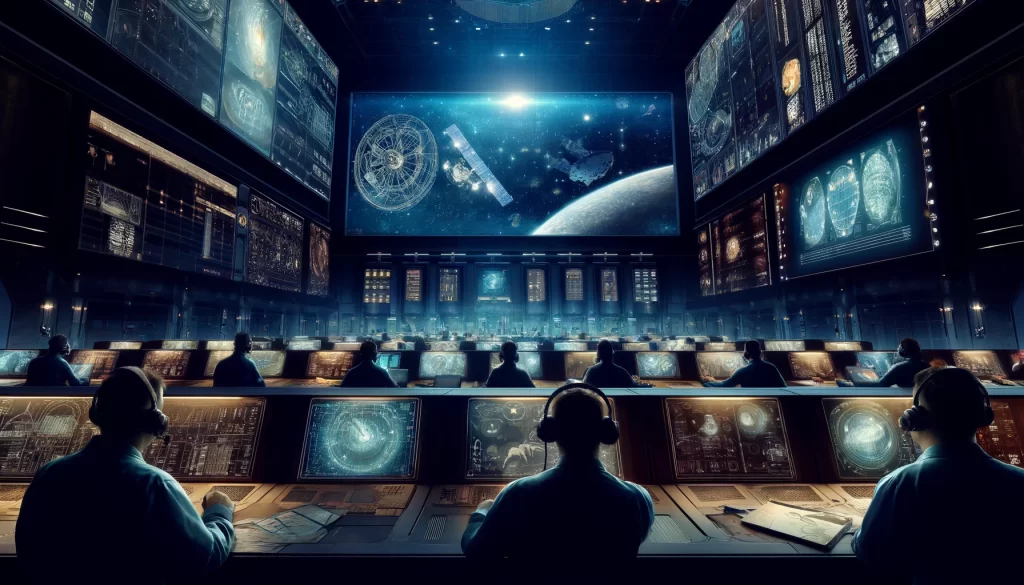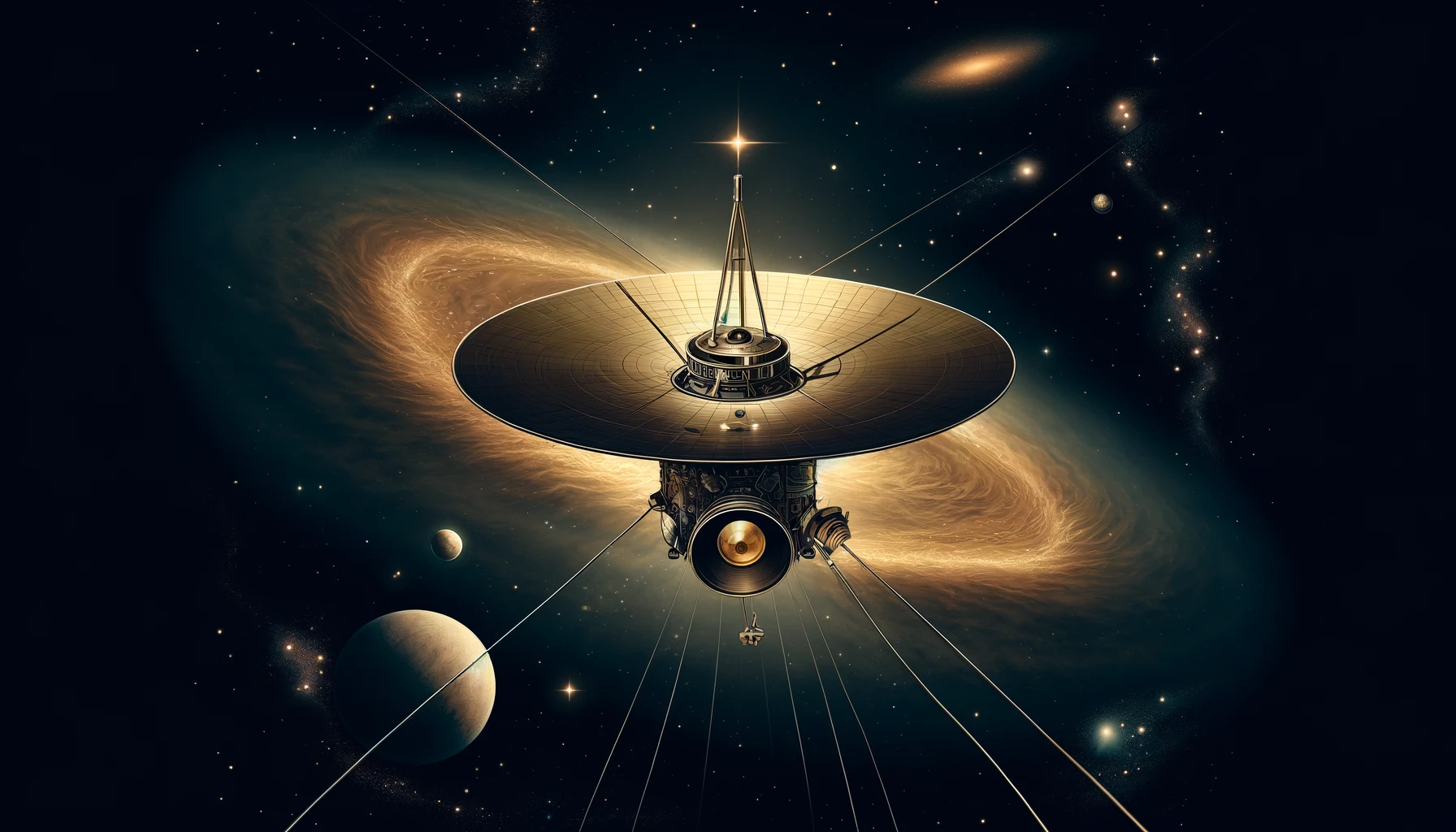NASA has announced a successful resolution to a technical issue with the Voyager 1 spacecraft, which had been transmitting incomprehensible data for several months.
Launched in 1977, the Voyager 1 and its sister probe, Voyager 2, were initially tasked with exploring Jupiter and Saturn. Their mission has since expanded far beyond its original scope. Voyager 1, in particular, made history in 2012 by becoming the first spacecraft to enter interstellar space—a region beyond our solar system that was previously uncharted. Voyager 2 joined it in this remote area six years later, traveling in a different direction.
For years, Voyager 1 relayed valuable information about this unknown part of space. However, in November, its transmissions suddenly turned nonsensical, causing concern among NASA’s scientists. These scientists, who have devoted decades to the Voyager program, feared that the probe might no longer be able to send useful data back to Earth. They hoped to continue receiving data from Voyager 1 for a few more years, at least until the spacecraft’s power supply and its last scientific instrument failed.

To address the issue, a dedicated team from NASA’s Jet Propulsion Laboratory in California embarked on a complex troubleshooting mission. After five months of diligent work, they traced the problem to a malfunctioning memory chip and managed to restore critical software code.
The team’s efforts paid off on April 20, when they received a transmission from Voyager 1 that confirmed the spacecraft was once again operational. This was the first time in five months that the team could verify the health and status of the spacecraft directly. According to a NASA update, the data currently being received primarily pertains to the spacecraft’s engineering systems.
In the weeks ahead, the NASA team plans to continue the software repair. Their goal is to enable Voyager 1 to resume sending scientific data, which will provide researchers with insights into the interstellar environment the probe is traversing.
This article is based on the following article:
https://www.npr.org/2024/04/23/1246392066/nasa-voyager-1-spacecraft-talks-back

Background Information
By understanding these key points, readers can better appreciate the complexity and significance of maintaining and receiving data from a spacecraft like Voyager 1, especially as it continues to travel through the uncharted territory of interstellar space.
1. Space Exploration:
Space exploration involves the use of astronomy and space technology to explore outer space. It allows scientists to study planets, stars, and other celestial bodies beyond Earth. Space exploration is conducted using telescopes, satellites, probes, and manned spacecraft.
2. The Voyager Program:
The Voyager program, launched by NASA in 1977, consists of two robotic probes, Voyager 1 and Voyager 2. These spacecraft were designed to take advantage of a rare planetary alignment to explore Jupiter, Saturn, and other outer planets. The main goals were to take detailed images of the planets and their moons and to study the outer solar system’s environment.
3. Interstellar Space:
Interstellar space begins where the sun’s flow of material and its magnetic field stop affecting its surroundings. It is the physical space within a galaxy beyond the influence of any star or solar system. Voyager 1 entered interstellar space in 2012, making it the first human-made object to do so.
4. Spacecraft Systems and Instruments:
Spacecraft like Voyager 1 carry various scientific instruments and systems to collect data and transmit it back to Earth. These include cameras, spectrometers, and magnetometers, which help in taking pictures and measurements of atmospheric properties, magnetic fields, and other environmental data.
5. Data Transmission and Communication:
Data collected by spacecraft is transmitted back to Earth via radio waves. Deep Space Networks around the world receive these transmissions. If a spacecraft sends back unclear data, it indicates a problem with its transmitting equipment or a failure in its onboard systems.
6. Troubleshooting and Repairs:
Even though spacecraft like Voyager 1 are millions of miles away, NASA engineers can still troubleshoot some problems. They do this by sending commands through the Deep Space Network, asking the spacecraft to restart systems, switch to backup systems, or adjust its operations.
7. Significance of the Voyager Missions:
The Voyager missions have expanded human knowledge of the solar system and beyond. They have provided invaluable data on the outer planets and the conditions of space in different parts of our galaxy. The information sent back from Voyager 1 and Voyager 2 helps scientists understand more about the solar system’s formation and how common certain types of celestial phenomena are in the universe.
Please subscribe to Insight Fortnight, our biweekly newsletter!
